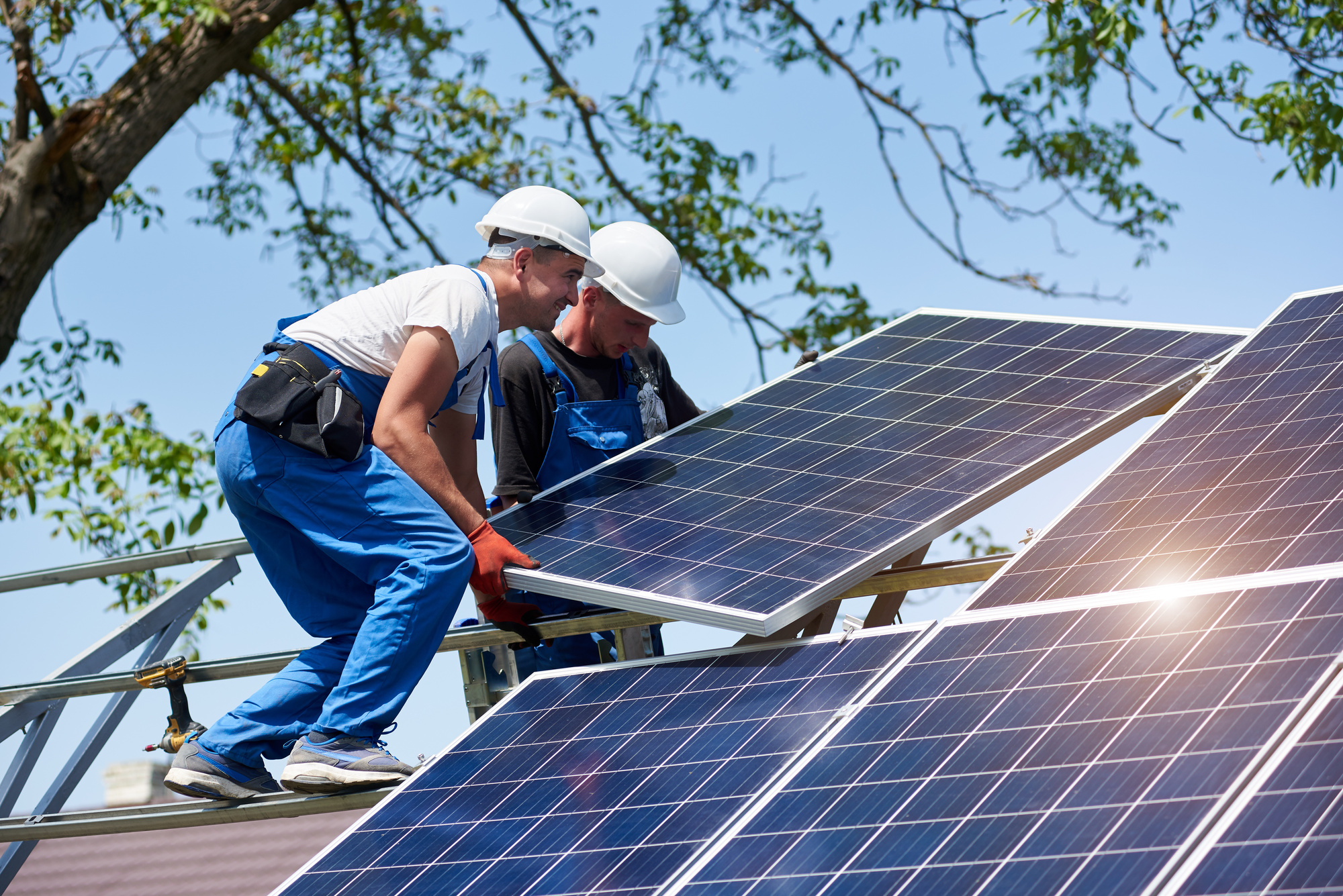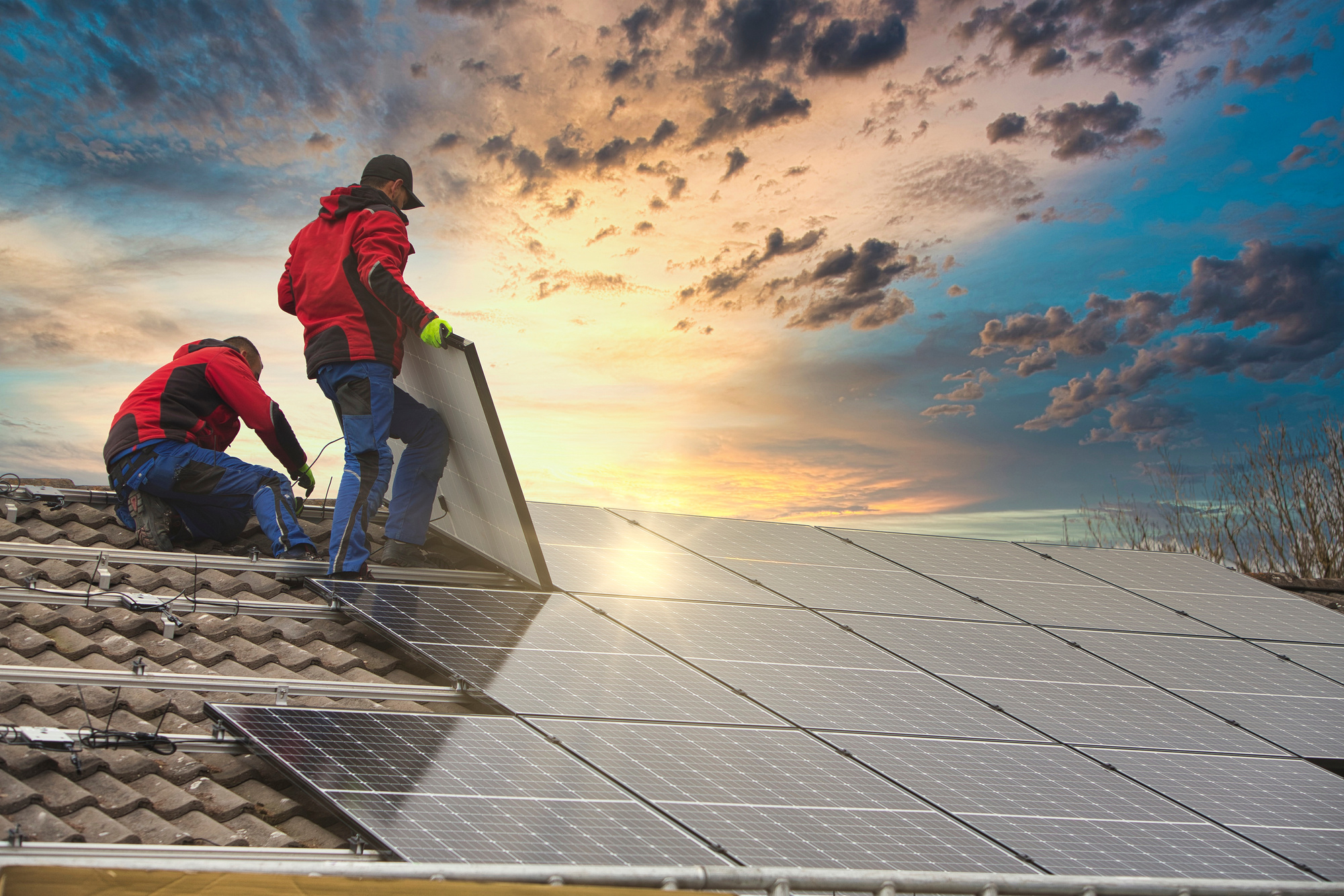Installing solar panels is a great way to reduce your energy bills and become more environmentally conscious, but the cost of installation can be prohibitive. Fortunately, you can cut costs by setting up a solar panel system in several ways.
Understanding all the various components of a solar panel system and how much it’ll cost will help you make informed decisions when deciding which equipment to invest in. Additionally, researching any rebates or tax incentives available in your area may save you money on the overall project cost.
As you can see, with careful planning and research, installing solar panels doesn’t have to break the bank. That said, here are some viable tips to reduce solar panel installation costs:
1. Choose A Reliable Solar Company
Choosing a reliable company is vital for reducing the cost of solar panel installation. Working with a reputable and experienced installer in your area, such as Smart Solar Energy in Walla Walla Washington, can save you hundreds or even thousands of dollars in the long run.
Ensure that any potential solar installers have the relevant certifications and insurance required by your local jurisdiction and an established track record of successful projects completed within your area.
Furthermore, researching online reviews from past customers can be helpful when selecting an installer. Check out their social media presence, ask for references, read through customer testimonials on their website, and feel free to contact them directly if you need clarification.
Before hiring anyone, ensure they present written quotes, detailed descriptions of work performed, and warranties included with the job.
Be wary of companies offering drastically lower prices than others. Paying too little upfront could mean higher costs due to shoddy materials or inadequate labor practices.

2. Apply For A Federal Solar Investment Tax Credit
The federal solar investment tax credit (ITC) is an essential tool for reducing the cost of solar panel installation. Established in 2005, taxpayers can deduct some of their solar system costs from their federal taxes.
The credit can be applied to residential and commercial applications, making it an excellent resource for those needing to reduce installation costs.
The ITC offers three significant benefits:
- A 30% tax credit on all eligible expenses related to installing a solar system.
- An unlimited carryover option that lets you apply for any unused credits from one year to future years until they’re used up completely.
- No maximum cap on credits, meaning there is no limit on how much money you can save with this benefit.
These features make the ITC a desirable incentive for anyone considering solar energy technology. With its generous provisions, the ITC makes installing a new solar system more affordable than ever, allowing individuals and businesses to reap its tremendous economic rewards without breaking the bank.
3. Avail Payment Plans
Another way to reduce solar panel installation costs is through payment plans. Payment plans allow homeowners to pay a fixed monthly amount instead of all upfront costs. They help spread out the cost over time, reducing any financial burden of installing panels.
Homeowners should research different payment plans available in their area and compare them before signing up for anything. Some lenders will offer zero-down financing options with no interest payments for the first few years.
In contrast, others may require an initial downpayment but have lower interest rates than other loan providers. It’s essential to look at each option carefully and find one that best fits your budget and needs.
Getting pre-qualified for a loan before committing to a particular plan can be beneficial as it allows you to shop around more freely without worrying about how much credit you qualify for or if the lender has competitive rates.
4. Buy From Local Retailers
Shopping locally is another excellent way to reduce solar panel installation costs. Opting for local companies over national or international ones can save you money.
It has many benefits that go beyond just saving money. You’ll be able to get advice and assistance more quickly than if you were dealing with an out-of-state company.
Additionally, it’s much easier to establish trust when working with a local business than one located far away. It makes it much simpler for customers to feel confident about their purchases and decide which products are best for them.
Local retailers also have access to financing options that may not be available through larger companies. They can offer better deals on extended warranties and other services that could save you even more money. All this adds to significant savings in your overall expenses for solar panel installations, so shop around before making any commitments.
5. Change Your Energy Usage
One way to reduce the costs associated with solar panel installation is by changing your energy use. It could entail making simple lifestyle changes like turning off lights when you leave a room or swapping out appliances for more energy-efficient versions.
Other options include utilizing natural light and climate features, such as planting trees around windows to block out sunlight in summer and reflecting heat from the building’s walls during winter. Additionally, opting for renewable sources of electricity like wind turbines or geothermal systems can help lower bills further.
Another way to save money on solar panel installation is to be mindful of how much power you use each month. By tracking your usage and adjusting it accordingly, you can make sure that you’re not paying too much for electricity while still taking advantage of the cost-saving benefits that come with having solar panels installed.
Making minor tweaks to your daily habits will go a long way toward reducing costs related to installing solar panels. Researching more sustainable energy solutions and properly maintaining existing equipment will help ensure you get the most value from your investment.
Factors Affecting Solar Power Installation Costs
The cost of solar panel installation is often a significant factor in deciding whether to go solar. Several factors can affect the costs associated with installing a solar system, including the following:
-
Roof Condition
The roof’s condition is significant in determining solar panel installation costs. It’s important to understand what type of surface and structure your rooftop has before installing panels to reduce these expenses.
Here are five key things you should consider when assessing the condition of your roof:
- Roof slope: The angle at which a roof slope impacts its ability to support the weight of solar panels and can complicate installation.
- Material And Age: Different types of materials require different mounting systems for attaching the panels and varying levels of maintenance over time.
- Load Capacity: It’s essential to ensure that your existing roof can handle additional loads from the added weight of new solar panels.
- Leaks Or Damage: Any problems with leaking or structural damage before installation must be fixed first; otherwise, those issues may worsen after adding extra weight to the solar system.
- Orientation: To maximize energy production and efficiency, you want your panels facing south. This strategy will help ensure optimal sun exposure throughout the day.
Considering all these factors while evaluating your roof will allow you to plan and prepare accordingly. It could save on labor costs by avoiding delays due to unexpected issues during installation.
-
Cost Of Licensing
The cost of licensing for solar panel installation can be quite expensive, depending on the jurisdiction in which you reside. In many cases, it can add up to thousands of dollars. However, there are several ways to reduce these costs.
Research what types of permits your local government or utility company requires before installation. It will help determine how much money needs to be budgeted for potential fees and other associated costs.
Additionally, shop around in different jurisdictions, as some may offer discounted rates or even free licensing fees if specific criteria are met.
Moreover, consider hiring a professional installer with experience dealing with bureaucratic processes. They may also know where to get discounts or deals on licensure requirements that could save you money in the long run.
-
Equipment Cost
Regarding solar panel installation, equipment cost is a significant factor. To help reduce it, homeowners should seek reputable suppliers and compare prices for items such as photovoltaic panels, mounting systems, and inverters.
Additionally, they should always research local incentives before purchasing materials that could be eligible for tax breaks or other discounts.
The second way to save money on equipment is by opting for used rather than new products. It can sometimes result in savings, although some risks are associated with this option, such as quality control issues and manufacturer warranties being voided.
It’s important to thoroughly inspect all components before purchasing and ensure that nothing has been damaged or tampered with during transit.
In terms of maintenance, owners should ensure their solar system is regularly serviced according to the manufacturer’s guidelines. It will help prolong its lifespan and prevent costly repairs due to wear-and-tear damage or poor performance caused by dirt accumulation on the panels.
With proper care, a good quality system can last 20 years or more, which makes it well worth investing in vital parts from an established supplier in the first place.
-
Setting Up A Tracking System
It would be best to focus on installing a tracking system because it’s essential to reduce costs. It allows the panels to be positioned at the correct angle and orientation relative to the sun. The result is improved energy production with fewer losses due to shading or misalignment.
The most common types of tracking systems are single-axis and dual-axis trackers. Single-axis trackers move along one axis, while dual-axis trackers can tilt across two axes.
Both provide excellent performance when paired with appropriate PV modules and inverters, but they require a more complex setup than fixed installations. They also cost more upfront, though their longer life span results in better returns.
When selecting a tracking system, several factors must be considered: size, weight capacity, range of motion, durability, speed of adjustment, maintenance requirements, compatibility with other components such as PV modules and inverters, cost-effectiveness, and warranty coverage.
Researching each option before deciding will help ensure you get the best solution for your needs.
Conclusion
Reducing the cost of solar panel installation is possible by using a few key strategies. You must select a reputable solar company that offers competitive pricing and excellent customer service. Moreover, you can take advantage of federal incentives such as the solar investment tax credit and residential solar tax credit to reduce costs further.
Lastly, consider factors such as the roof’s condition, licensing costs, equipment selection, and tracking systems when deciding your system design. With research and careful consideration of all aspects of installing solar panels, you can ensure you get the most from your investment while saving money.

